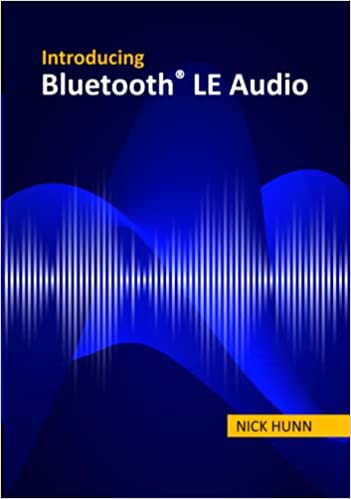For the Internet of Things (IoT) to function, it needs to be widely accessible. Not just by people, but device-to-device accessibility as well. That’s why, for the last five years, the Bluetooth SIG has been on a mission to work with creators, listen to consumers, and advance Bluetooth® technology in such a way as to support and inspire the future of the IoT. A recent survey Lux Insights, Inc. conducted on consumer awareness and expectations around wireless connectivity showed Bluetooth is hitting it out of the park. For consumers, the technology offers seamless interoperability, security, and it is delivering the IoT experience consumers actually want.
Of the American consumers surveyed, 64 percent said they bought a Bluetooth device last year, and 62 percent of people familiar with Bluetooth say they prefer an electronic product with Bluetooth or will only purchase electronic products with Bluetooth. Whether Bluetooth is facilitating the connection between thousands of beacons in a hospital or airport, or connecting your smartphone to the world’s first levitating Death Star speaker, consumers turn to Bluetooth for their wireless connectivity. This convenience and ease of use—along with our continually advancing IoT functionality—has led to Americans owning, on average, 4.4 Bluetooth devices. From phones and tablets to speakers and smart home appliances, Bluetooth is everywhere you need it to be.
The survey also found that “convenient”, “easy to use”, and “fast” are the top three qualities attributed to Bluetooth by consumers. The Bluetooth SIG continues to focus on interoperability and ease of use—just recently, the SIG released its Transport Discovery Service (TDS), Internet Gateway Architecture, and ongoing 2016 roadmap initiatives, specifically focused on delivering even more convenience to consumers. The introduction of TDS and the Internet Gateway Architecture, both of which are designed to work collaboratively with wireless technologies, open the door for new opportunities in the IoT and give consumers a better, more seamless experience.
There were nearly three billion Bluetooth® enabled devices shipped in 2015 and a projected five billion devices will ship in 2021 alone, making it crucial for developers to leverage Bluetooth technology when building for the IoT. Developer tools and resources, like Bluetooth Developer Studio, make it simple for anyone to create Bluetooth products that range from the likes of Jibo (a tiny but powerful social robot for home) to the seemingly omnipresent FitBit. IoT products like these are in high demand from consumers, providing developers with limitless opportunities to create. By utilizing the resources Bluetooth provides, developers can deliver products and applications that consumers have only yet dreamed of.
Bluetooth® is, and will continue to be, dedicated to making the IoT accessible to everyone. Blue is the reliable, secure, and simple connection that both developers and consumers know and rely on to connect billions of devices in the market today and billions more coming. An unthinkably connected world is upon us, and you can thank Bluetooth for that.


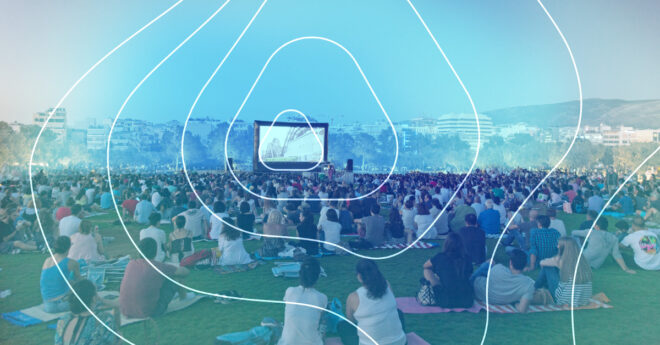
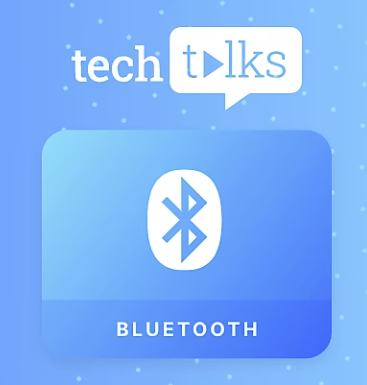







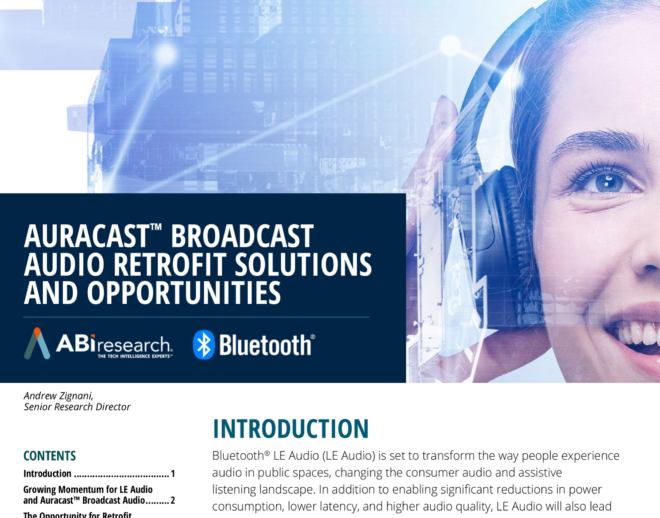
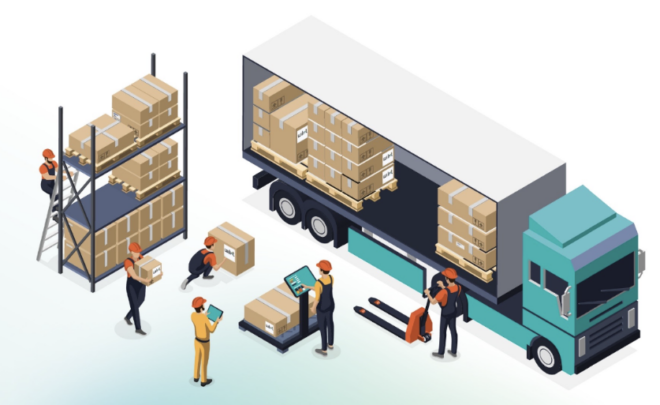
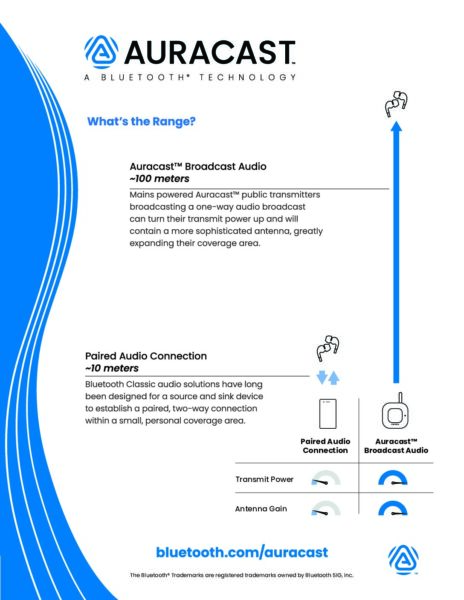
![2312 CES Handout Images FINAL existing pdf 464x600[1]](https://www.bluetooth.com/wp-content/uploads/2024/01/2312_CES_Handout-Images_FINAL-existing-pdf-464x6001-1.jpg)
![2312 CES Handout Images FINAL unlimited pdf 464x600[1]](https://www.bluetooth.com/wp-content/uploads/2024/01/2312_CES_Handout-Images_FINAL-unlimited-pdf-464x6001-1.jpg)


